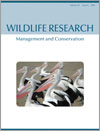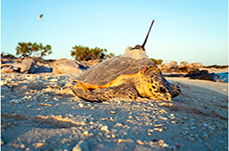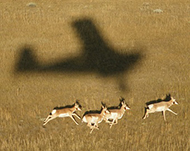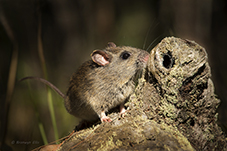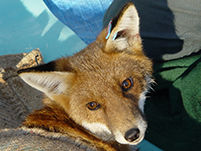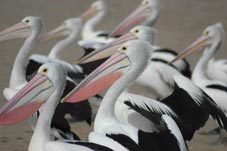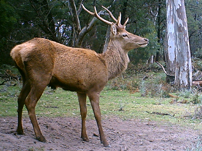WR16056Density and activity patterns of pumas in hunted and non-hunted areas in central Argentina
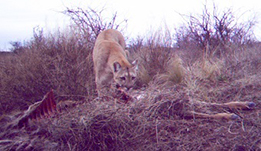
Sport hunting pressures may affect demography and behaviour of large carnivores. We estimated densities and activity patterns of pumas in two areas and observed a greater density of pumas in a protected area than in a hunting-allowed area where pumas were also mostly nocturnal. Our results indicate that puma sport hunting should be managed at a metapopulation, regional level, and include both no-hunting areas (as potential sources), and hunting areas (as potential sinks). Photograph by Juan I. Zanón-Martínez.


